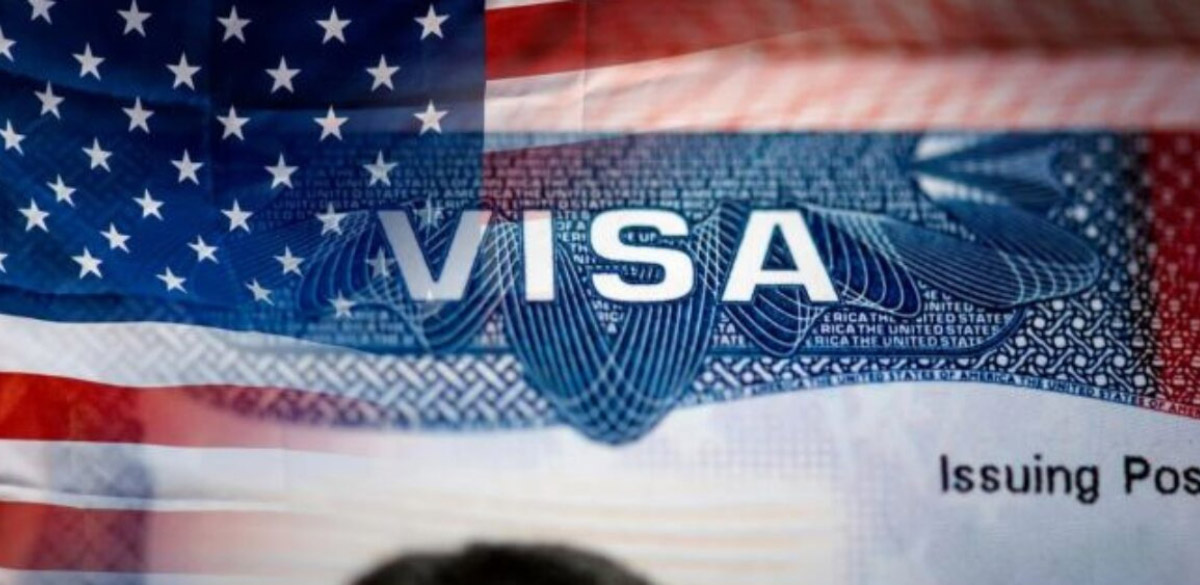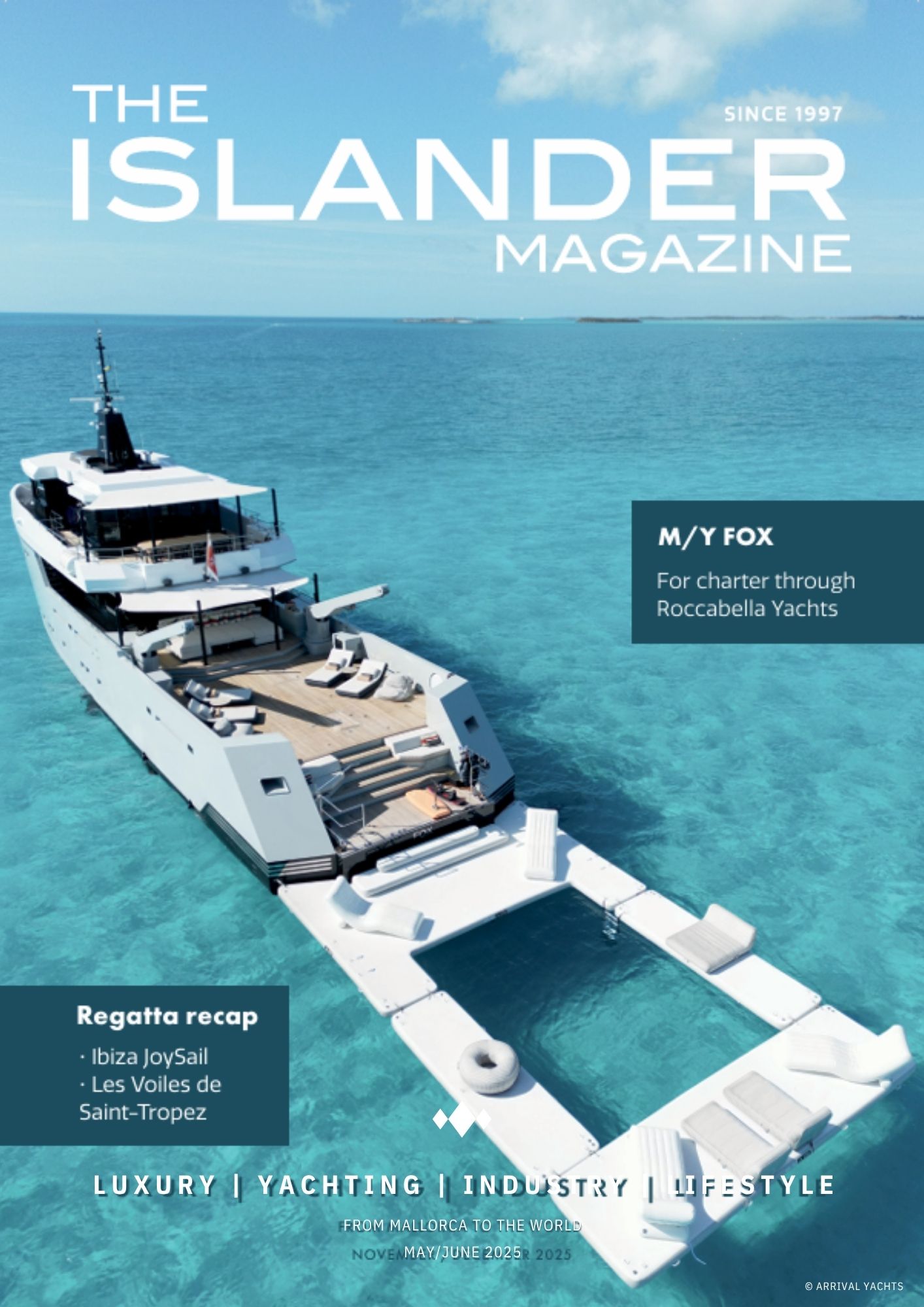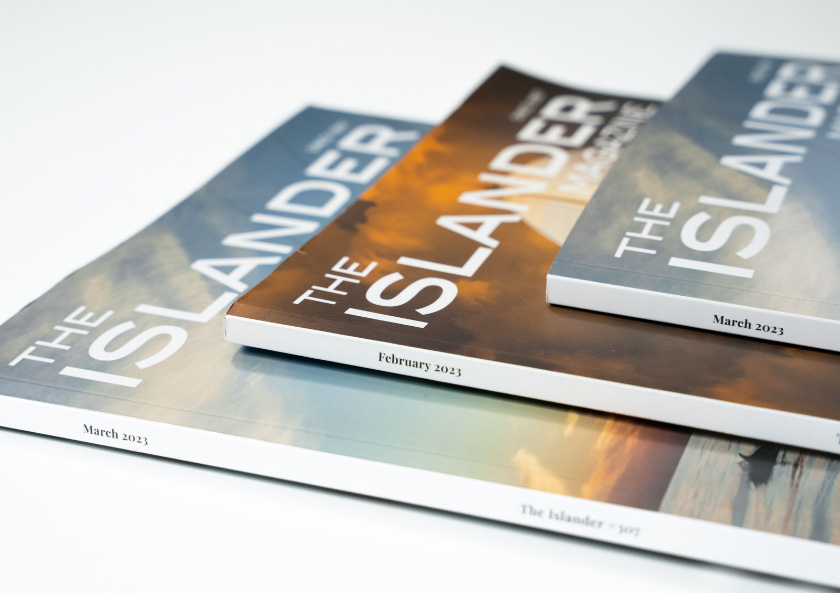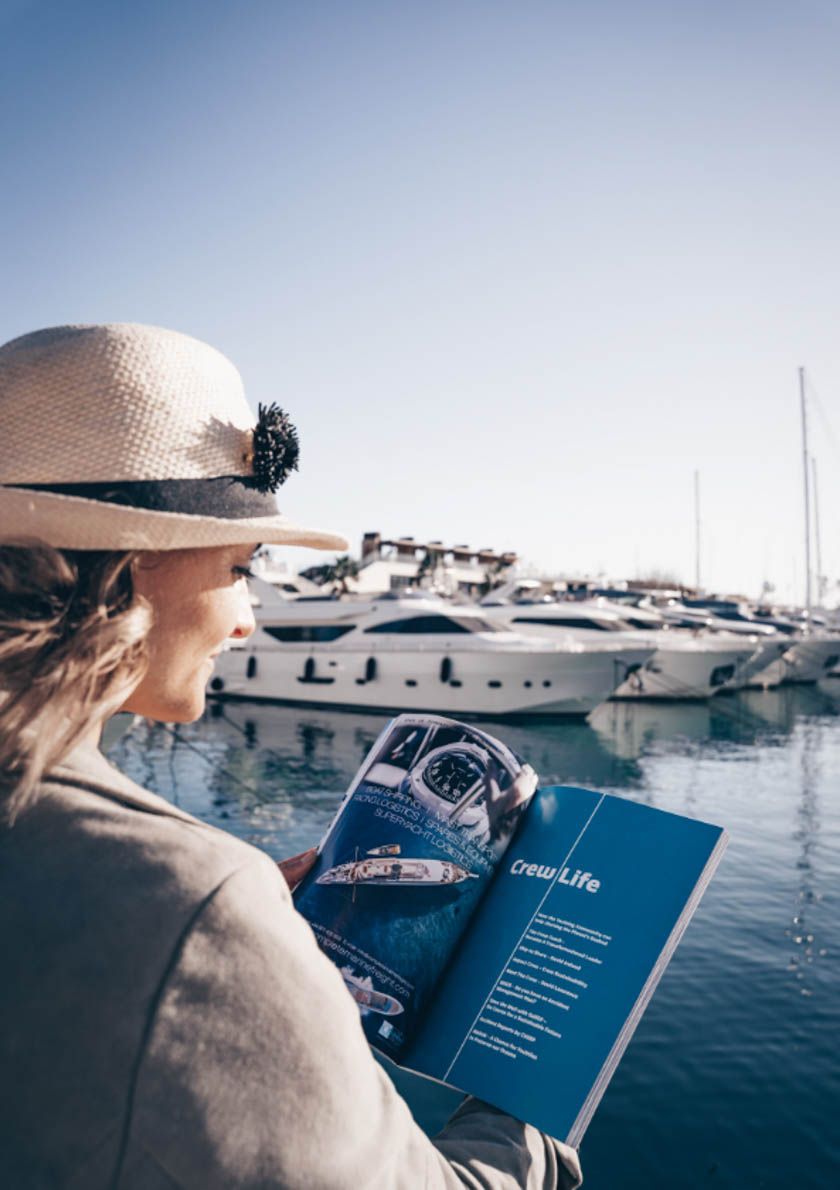The transatlantic yachting season is here and crew recruitment remains hot. The Med season has seen a shortage of experienced crew, so those with B1/B2 visas are in especially great demand right now.
If you don’t have yours already and are hoping to winter in the Americas, West Indies and the Caribbean, here’s what you need to know…
The ‘B1/B2’ visa
Non-immigrant visas for entering US territory temporarily are classified ‘B-1’ for business, ‘B-2’ for pleasure, or ‘B-1/B-2’ for a combination of both. Valid for up to 10 years for stays of up to six months, it is not specifically designed for yacht crew, but it is the most appropriate class of visa for the industry, says the US State Department.
DO NOT apply for the C-1 crewmember visa, as this is designed for other seafarers.
Work restrictions
Following a COVID-era tweak to the rules, non-US crew can work on foreign or US-flagged yachts in US waters, though NOT employed directly by a US employer or on a US-registered payroll. US taxation laws for foreign nationals are a world of pain anyway, so this is always best avoided in any case.
Note that working, or accepting a job, while in the US on a holiday visa (B-2) is illegal and will get you deported if caught. This is technically also the case throughout the EU, though is generally not enforced. The US is less forgiving, so should you happen to be offered a job on board while ‘vacationing’ in the country, you will need to leave the US as a tourist (B-2) and re-enter as a worker on your B-1 visa, with the relevant boat papers. You may register with crew agencies, etc, while on holiday, but you can not officially accept the job while in the country as a tourist; you must exit first.
Unlike in the EU, you may not technically step off one foreign-flagged boat in US waters and join another back-to-back. It is a grey area that is best avoided by exiting the US and re-entering with fresh boat papers and the commensurate documentation.
How to apply
- Complete the application form (DS-160) and make an appointment at your nearest US embassy or consulate. In our case, in Palma de Mallorca and Barcelona, we use Madrid. COVID has created a severe backlog and reduced availability of appointments, so it can be worth trying other embassies if you have no joy in Madrid. The complete list of consulates is here: https://travel.state.gov/content/travel/en/us-visas/visa-information-resources/list-of-posts.html while official appointment waiting times can be found here: https://travel.state.gov/content/travel/en/us-visas/tourism-visit/visitor.html. While published waiting times for appointments can be extremely long, it is possible for seafarers to request an urgent appointment at the end of the online application process.
- This useful page lists waiting times by location, if you are able to travel to an appointment: https://travel.state.gov/content/travel/en/us-visas/visa-information-resources/global-visa-wait-times.html. At time of update, the shortest waiting times in Europe are: Belgrade, Berlin, Vilnius at 3 Days; Krakow and Nicosia at 4 days; Luxembourg at 6 days; Skopje at 7 days. Bratislava 10 days; Sarajevo 12 days; Sofia 14 days; Brussels and Warsaw 15 days; Athens 20 days; Lisbon, Oslo, Talinn, Podgorica and Zagreb at 21 days.
- Note that Madrid is at 190 days currently, Milan and Rome at 38, Paris at 232 days, Amsterdam at 165, London at 110.
- Other short waiting times are at: Seoul 3 days; Johannesburg 10 days (Cape Town is at 44 days). Kuwait is 14 days, Singapore and Jakarta 28 days; Nassau 33 days; Perth 34 days (Sydney 142; Melbourne 192).
- Auckland is at 135, Manila 169 (whereas Bandar Seri Begawan in Brunei is at only 7 days, KL at 30 days, Ho Chi Minh City at 25)
- It is crucial in your application to establish that you do not intend to abandon your residence abroad, as per rule 9 FAM 402.2-5(C)(5) (U) of the Foreign Affairs Manual. Usually, this will be ongoing property/residential ties, family ties, bank accounts and ongoing payments, car papers, and any other permanent connections to your country of residence.
- Pay the non-refundable application fee of US$185. For some nationalities, additional fees can apply.
- Print the application form and payment confirmation, and bring them with you to the appointment, as well as your passport (valid 6+ months beyond your stay) and two passport photos that meet the required format. Also bring any and all available supporting documentation showing the purpose of your visa application, such as boat papers, Seaman’s Book, employment letter or contract, yacht itinerary, proof of seafaring work history, future travel planned/booked and, importantly, proof that you can afford all expenses for the duration of your visit. If you have an old passport that shows a problem-free travel history (ie. no revoked visas or overstays, etc), bring that too. If in doubt, get an agent to check your documentation.
- It is not necessary to have a job lined up to apply for a B1/B2, but it can help. If you happen to be joining a commercial charter yacht, it’s an idea not to volunteer the name of the yacht, or at least, request an offer letter that doesn’t mention the boat’s commercial status. By letter of the law, “Yacht crew who will provide services on board a recreational vessel and who are able to establish that they have a residence abroad which they do not intend to abandon, regardless of the nationality of the yacht, are classifiable B-1”. In other words, the B-1 is aimed at crew on private vessels. Even though commercial yachts are considered to be private, it’s worth avoiding any confusion.
Success in an individual assessment can never be guaranteed, of course. Should you somehow be denied at the first attempt, it is possible to re-apply, but it’s best to be over-prepared than fall short of the requirements. Bring everything with you; from all the official forms and documentation to photos of your pet animals staying behind. The US is convinced that all foreigners want to move there, so it’s down to you to disabuse them of that conviction.
Once your visa is approved, it will be placed in your passport, which will be mailed to your registered address given in the application. It can take around 10 to 14 days from the date of your interview, though in emergency cases it may be expedited. **Check your visa thoroughly to ensure that all details are correct**
If in any doubt about the application process, the documentation required for the interview and the interview itself, it is explained in these useful Youtube videos by GrayLaw solicitors in California. They are not specifically aimed at yacht crew, but they are extremely clear and will help you navigate the process:
How to apply: https://youtu.be/dr3XSu1LvPk
Documents to bring to the interview: https://youtu.be/QAHvXxMPYPQ
If you don’t already have a contract, but are job hunting, it’s a good idea to print out some job advertisements from some recruiters’ websites (not social networks) listing a B1/B2 Visa as a requirement for the same type of jobs you are applying for. (hat tip to Lars Molin for this suggestion!)
Also print and bring along this letter by the Marine Industries Association of South Florida. It is addressed to US immigration officers unfamiliar with the yachting industry, explaining why ‘B1/B2’ is the most appropriate class of visa for yacht crew.
























0 Comments